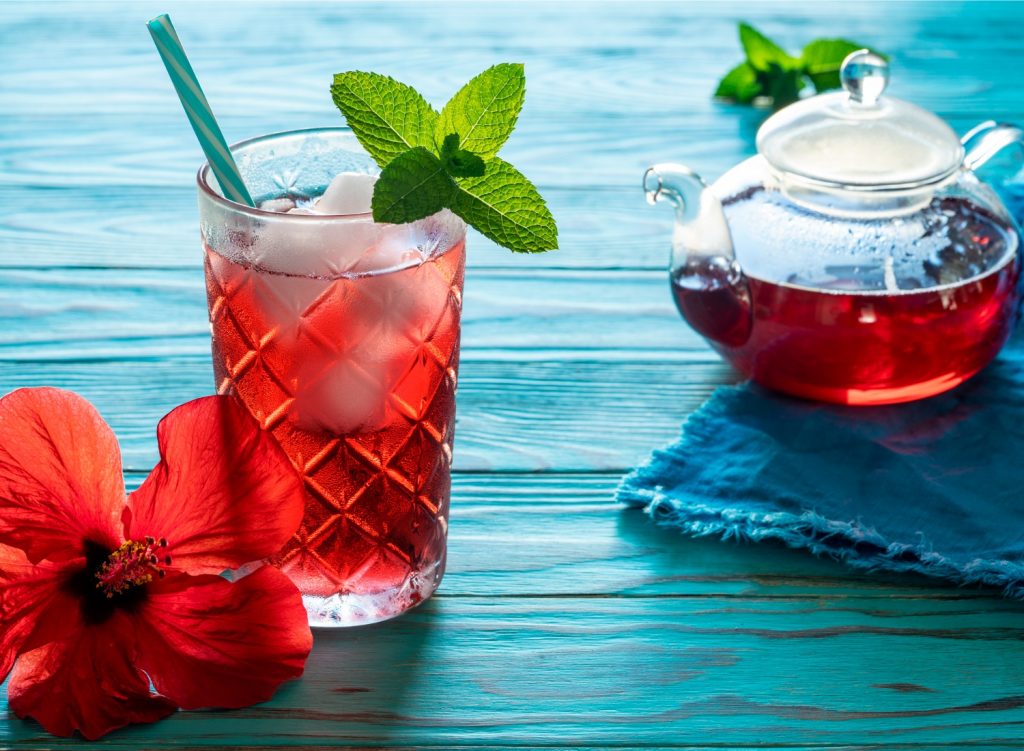How to Make Best Hibiscus Tea: Varieties, Brewing, and Benefits

Hibiscus tea, known for its vibrant red hue and refreshing tartness, is more than just a beautiful beverage—it’s a drink that offers a myriad of health benefits and a delightful taste. Whether you’re a tea connoisseur or simply looking to explore new flavors, making hibiscus tea at home can be a rewarding experience.
In this comprehensive guide, we’ll dive into the varieties of hibiscus tea, the art of brewing it to perfection, and the impressive health benefits that come with every sip. Get ready to embark on a journey through the world of hibiscus tea, from the garden to your teacup.
The Hibiscus Plant: Varieties and Origins
Hibiscus tea is made from the dried calyces (the outer part of the flower) of the hibiscus plant. This tropical plant is native to Africa but is now cultivated in various parts of the world, including the Caribbean, Central America, and Asia. There are several hibiscus species, but Hibiscus sabdariffa, also known as Roselle, is the most commonly used for making tea.
Varieties of Hibiscus Tea
- Hibiscus Sabdariffa: This is the most widely used variety for making hibiscus tea. It’s known for its deep red color and tart, cranberry-like flavor.
- Hibiscus Rosa-Sinensis: This variety, also known as the Chinese hibiscus or rose mallow, is often grown for its ornamental flowers. While its calyces are not commonly used for tea, some people do make tea from them.
- Hibiscus Mutabilis: This is another ornamental hibiscus species, but its calyces can also be used to make tea. It has a milder flavor compared to Hibiscus sabdariffa.
Brewing the Perfect Hibiscus Tea
Ingredients:
- 2 tablespoons dried hibiscus calyces
- 1 cup of water
- Sweetener (optional)
- Citrus slices or mint leaves for garnish (optional)
Step 1: Boil the Water
In an electric kettle, bring one cup of water to a boil. You can use filtered or bottled water for the best taste.
Step 2: Add Hibiscus Calyces
Once the water reaches a rolling boil, remove it from the heat and add the dried hibiscus calyces to the hot water. Stir to ensure they are fully submerged.
Step 3: Steep the Tea
Cover the saucepan and let the hibiscus calyces steep in the hot water for about 5-7 minutes. You can adjust the steeping time to achieve your preferred level of tartness.
Step 4: Strain and Sweeten (Optional)
After steeping, strain the tea into your cup, discarding the used calyces. If desired, add sweetener to taste. Hibiscus tea pairs well with honey, agave nectar, or sugar, but it’s equally delightful when enjoyed unsweetened.
Step 5: Garnish and Serve (Optional)
For an extra touch of flavor and presentation, garnish your hibiscus tea with a slice of citrus (like lemon or lime) or a sprig of fresh mint.
The Health Benefits of Hibiscus Tea
Hibiscus tea offers a wealth of benefits. Rich in antioxidants such as flavonoids and anthocyanins, it battles free radicals, reducing oxidative stress. Its antioxidant content also promotes healthy skin. It supports heart health by potentially lowering blood pressure and helping cholesterol levels.
As part of a weight management plan, it may aid in reducing body fat. With its Vitamin C content, hibiscus tea bolsters the immune system, aiding in the fight against infections. Additionally, it boasts mild diuretic properties and aids digestion.
Conclusion
Hibiscus tea is not only a feast for the senses but also a treasure trove of health benefits. By understanding its varieties, brewing techniques, and potential variations, you can elevate your tea-drinking experience. So, whether you’re sipping it for its delicious tartness or reaping its health rewards, hibiscus tea is a delightful addition to your tea collection. Brew a cup today and embark on a flavorful journey through the world of hibiscus tea.